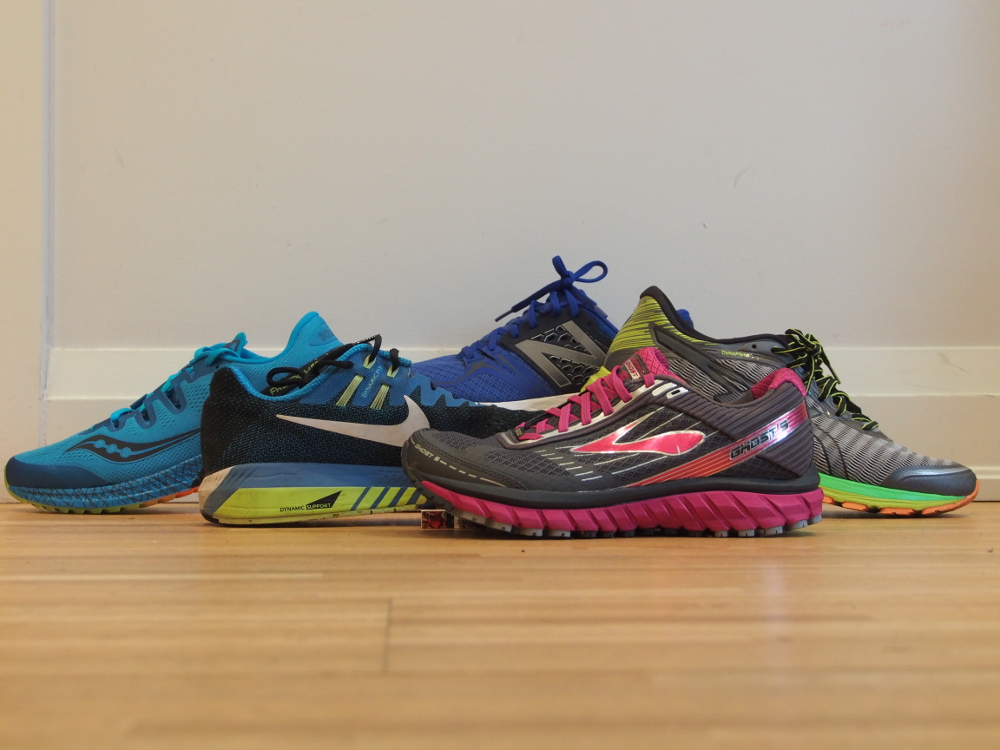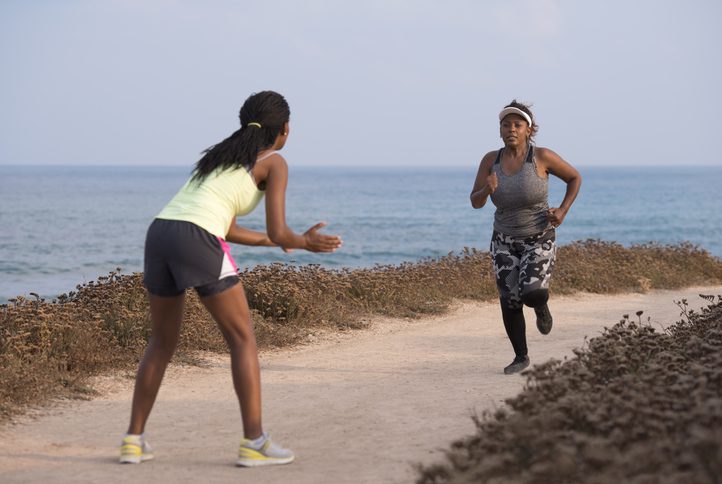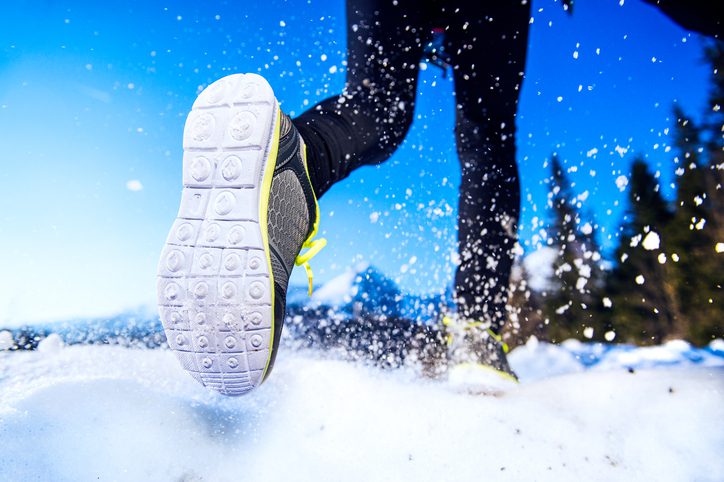Why “breaking in” your running shoes is a thing of the past
Gone are the days of walking in your new shoes before you can run in them

For years, runners were accustomed to the process of breaking in new running shoes before hitting the pavement. This involved gradually molding the shoes to their feet by walking in them several times before attempting to run in them. Thanks to advancements in shoe technology and materials, in most cases, runners no longer need to endure a break-in period to experience optimal comfort and performance. We consulted Ben Nelson, a footwear specialist at the Runners Shop in Toronto, to learn why breaking in running shoes is no longer necessary.
The legacy of leather and firm midsoles
In the past, running shoes were predominantly made of leather, which possessed unique properties that required breaking in to achieve the desired fit. This was influenced by factors such as the type of leather used, its thickness and the intended activities.

On top of that, the midsoles of earlier models were made of EVA compounds that were firmer and lacked energy return. It was common for runners to experience a noticeable change in cushioning after 50-80 kilometres. “This harkens back to the good old days of breaking-down, more than breaking-in, the cushioning in earlier-model running shoes,” says Nelson.
Contemporary materials and construction
The landscape of running shoes has changed, particularly in terms of materials. “Contemporary running shoes are designed with advanced materials and construction techniques that provide instant comfort and support right out of the box,” says Nelson.

Today, most running shoe uppers are crafted from synthetic materials, ensuring consistent manufacturing quality and reducing the need for shape-maintaining features like overlays and stitching. The use of uniform and resilient materials allows shoes to retain their shape over hundreds of kilometres without bulky stitching. The advanced knit uppers not only contribute to a more eco-friendly approach but also enhance overall comfort and breathability.
The latest and greatest midsoles are designed using advanced supercritical EVAs or PEBA, which offer tremendous energy return. These compounds are designed to maintain their performance and cushioning properties throughout the shoe’s lifespan. The absence of the need for a break-in period enables runners to select shoes based on their present feel, providing greater confidence in their choice.

Tips for transitioning to brand-new shoes
Before going on a run with a fresh pair of shoes, Nelson suggests considering a few simple steps to ensure the shoes fit properly. “I like to match a new pair of shoes with a new pair of socks for those fresh-on-fresh vibes,” he says. “Loosen the laces right down to the bottom and snug them back up to the top, stomp each foot, and give each heel a kick to lockdown the upper. Then finish with your favourite knot.”
Don’t overthink it
Nelson’s final advice when trying a new pair of shoes is simple: don’t overthink it. “To paraphrase Yogi Berra, ‘Running is 90 percent mental. The other half is physical,’” he says. When it comes to choosing and wearing today’s running shoes, there is no need to overthink the process. With advancements in technology and the elimination of the need for breaking in, runners can focus on what truly matters—their running experience.

